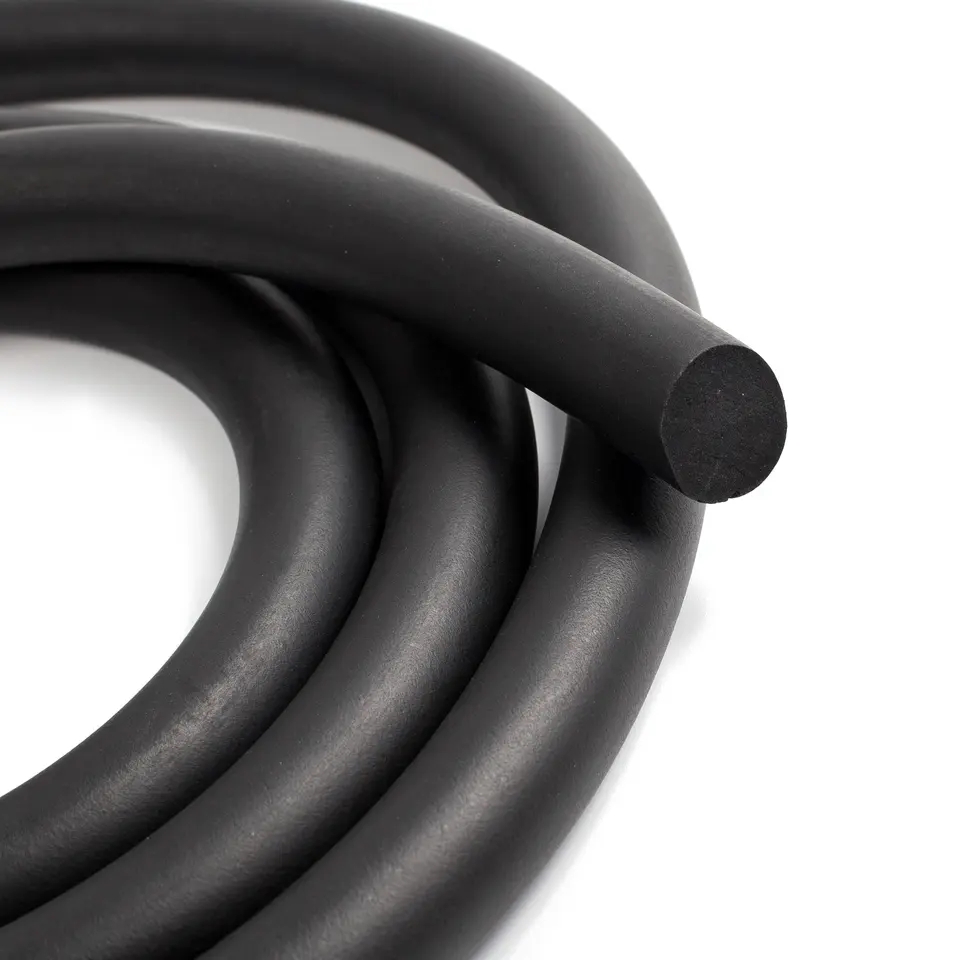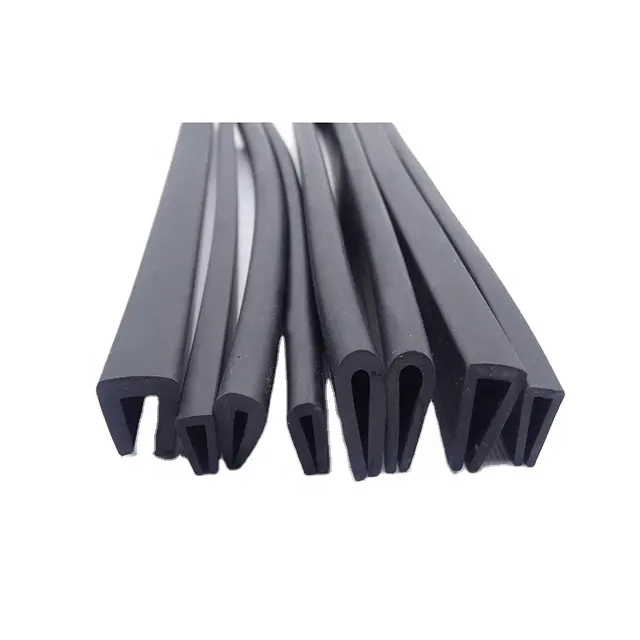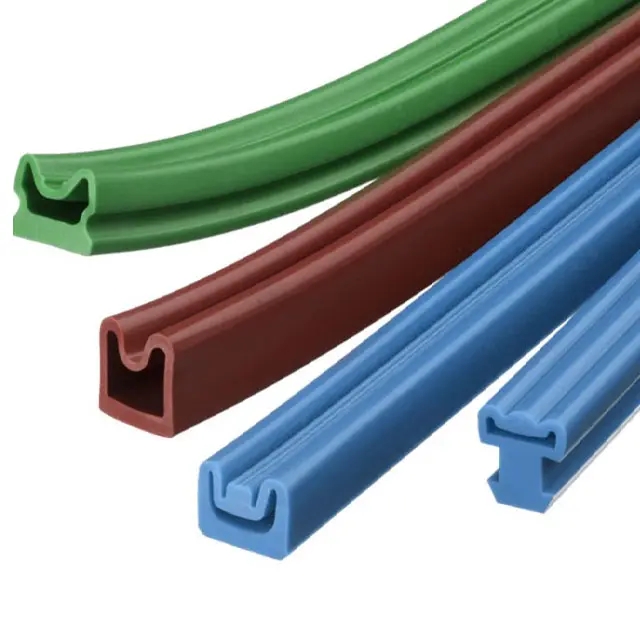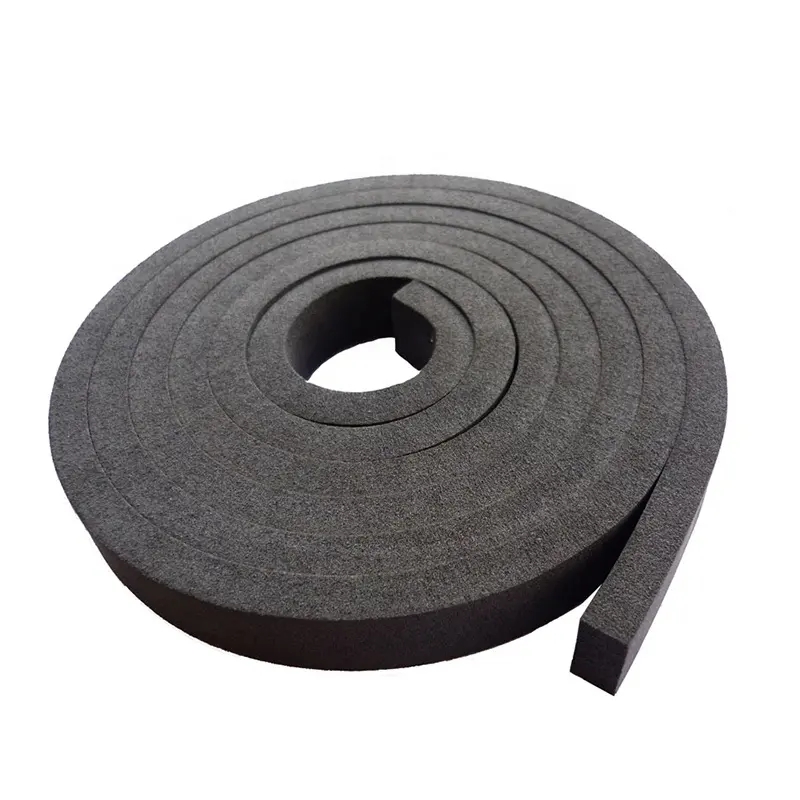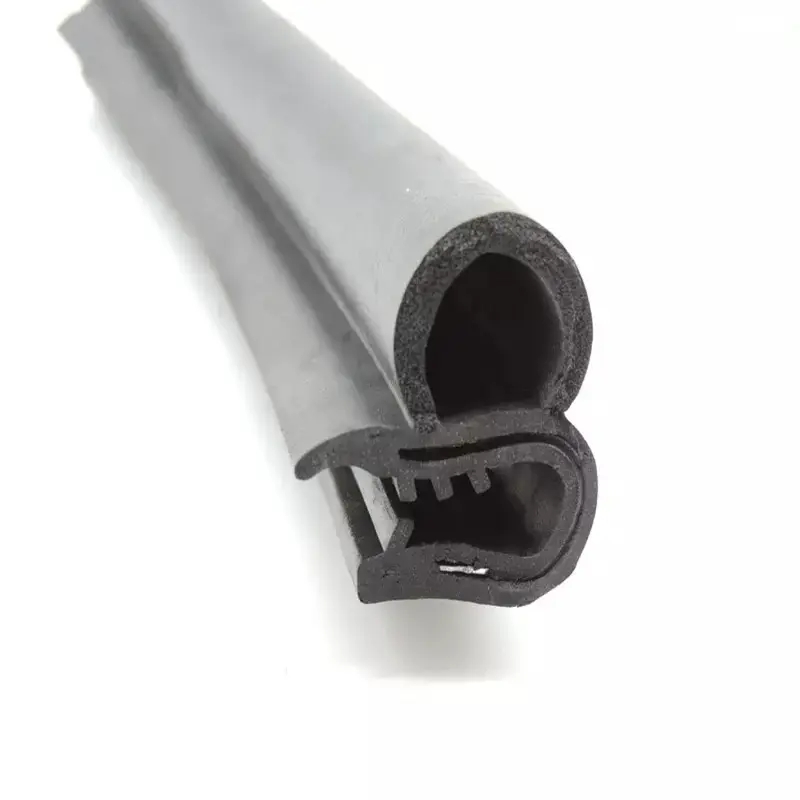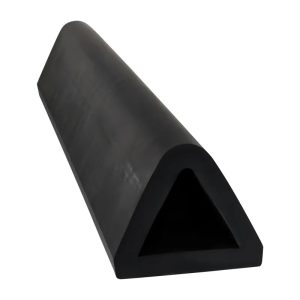Rubber Seal Strips: The Unsung Heroes of Sealing Solutions
Introduction:
Rubber seal strips, often overlooked but crucial in a wide array of applications, play an unsung role in sealing, insulating, and enhancing performance. In this article, we’ll delve into the world of rubber seal strips, exploring their versatility and highlighting their impact in various industries.
The Diverse World of Materials:
EPDM, Neoprene, Silicone: Rubber seal strips come in a variety of materials. EPDM provides exceptional weather resistance, neoprene excels in chemical resistance, and silicone offers flexibility and high-temperature tolerance.
Customization for Precision:
Rubber seal strips can be customized to fit precise dimensions and shapes, ensuring a perfect seal for windows, doors, machinery, and more.
Convenient Installation with Adhesive Backing:
Many rubber seal strips come with adhesive backing, simplifying the installation process and saving both time and effort.
Shapes and Profiles for Every Need:
Available in a multitude of shapes, including D-shaped, P-shaped, and more, rubber seal strips cater to various sealing requirements across different industries.
Wide-Ranging Applications:
Automotive: Rubber seal strips are indispensable for sealing doors, windows, and hoods, providing noise reduction and effective weatherproofing in vehicles.
Construction: They create water and airtight seals in windows and doors, enhancing energy efficiency in buildings.
Manufacturing: In manufacturing, rubber seal strips reduce vibration and noise in machinery while acting as a barrier against dust and contaminants.
Home Improvement: Homeowners benefit from these strips by sealing gaps around windows and doors, leading to better insulation and reduced energy costs.
Key Advantages:
Weather Resistance: Rubber seal strips effectively keep out rain, wind, and other harsh elements, ensuring that interiors remain protected in all weather conditions.
Noise Reduction: They provide acoustic insulation, making indoor spaces quieter and more comfortable, be it in homes, offices, or manufacturing facilities.
Energy Efficiency: By sealing gaps and preventing air leakage, rubber seal strips contribute to energy efficiency by reducing heating and cooling costs, leading to substantial savings.
Dust and Insect Barrier: These strips create a protective barrier against dust, pollutants, and insects, ensuring a clean and hygienic environment.
Vibration Dampening: Rubber seals absorb and dampen vibrations, increasing the longevity of machinery and improving their overall performance.
Conclusion:
In conclusion, rubber seal strips, although often unnoticed, are versatile and essential components that significantly impact various applications. Their adaptability, ease of installation, and durability have made them a popular choice in industries ranging from automotive to construction. Selecting the right rubber seal strip for your specific needs can enhance your project’s efficiency and longevity.






